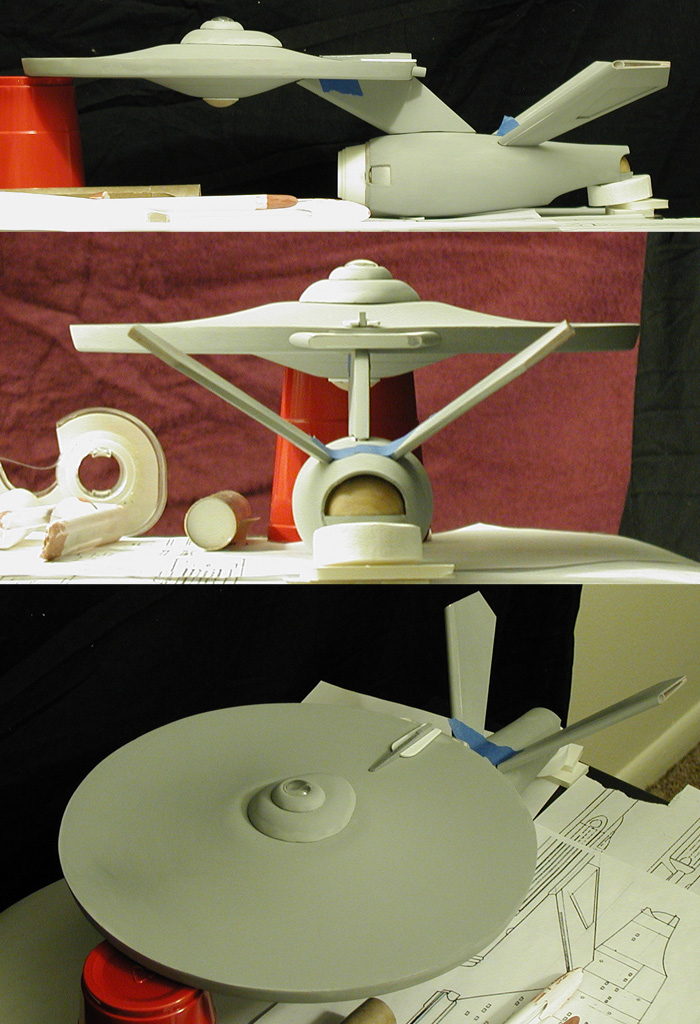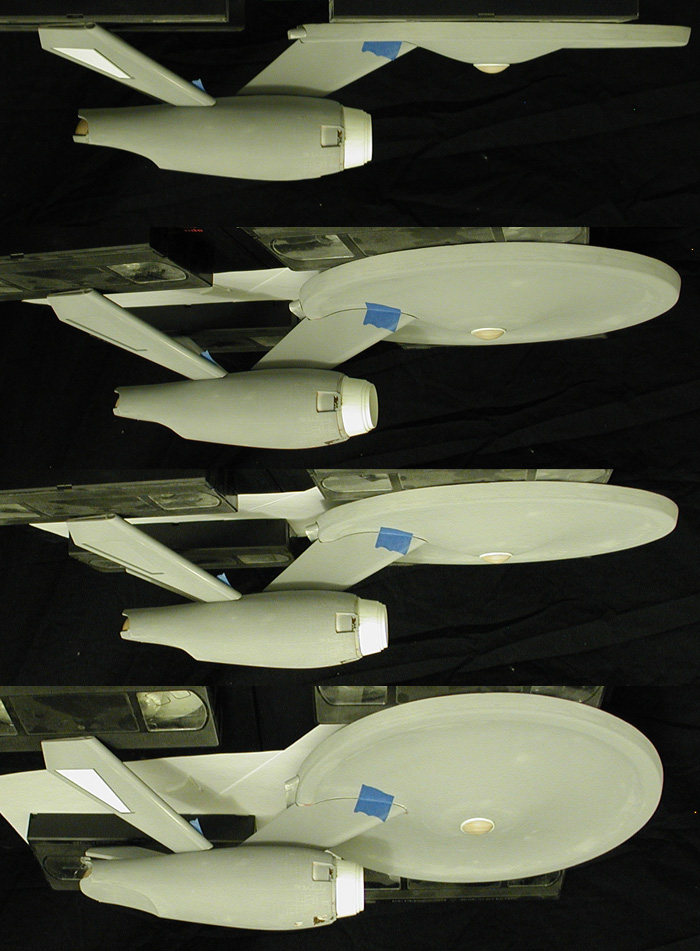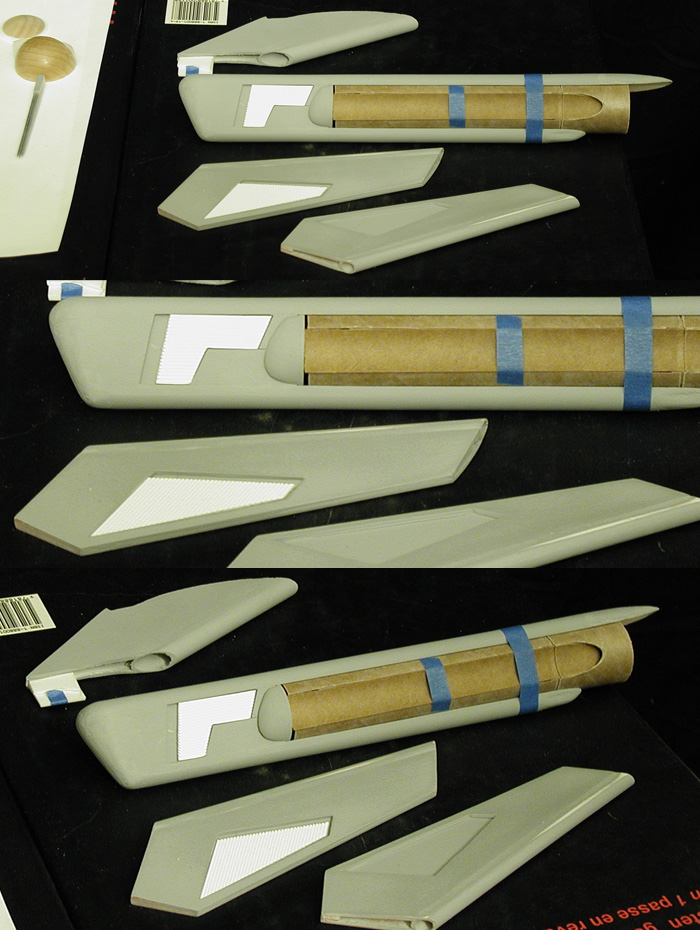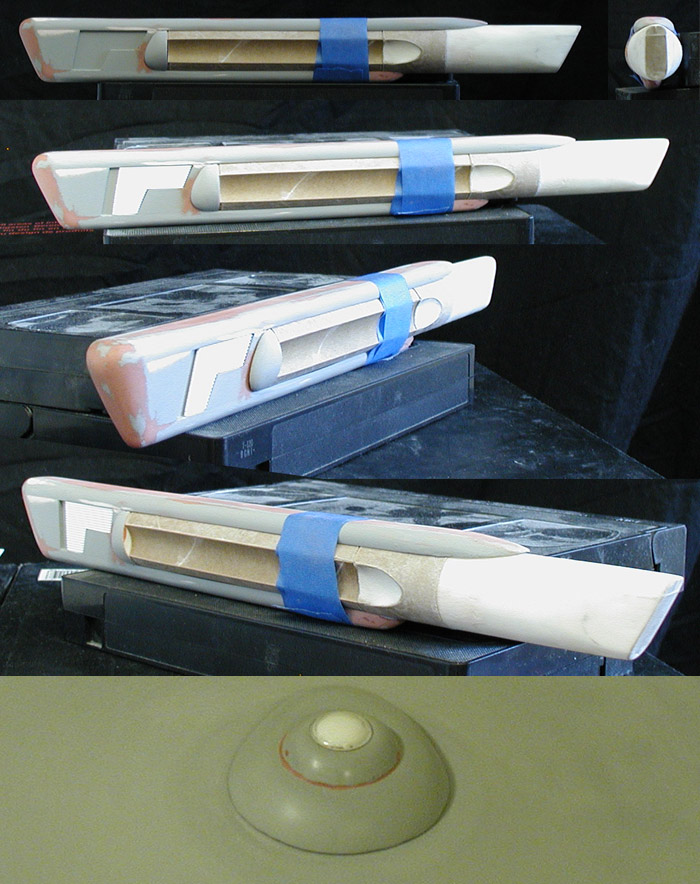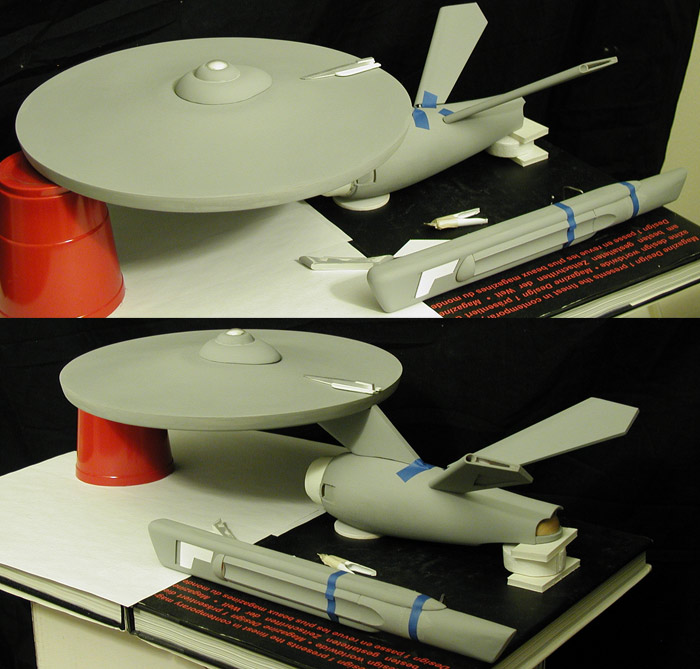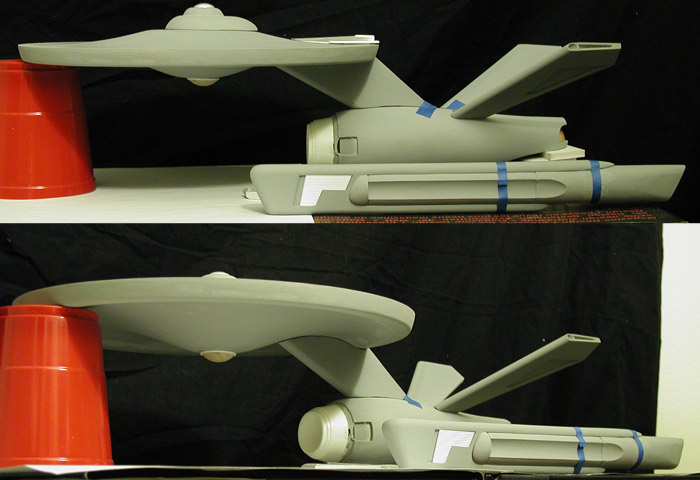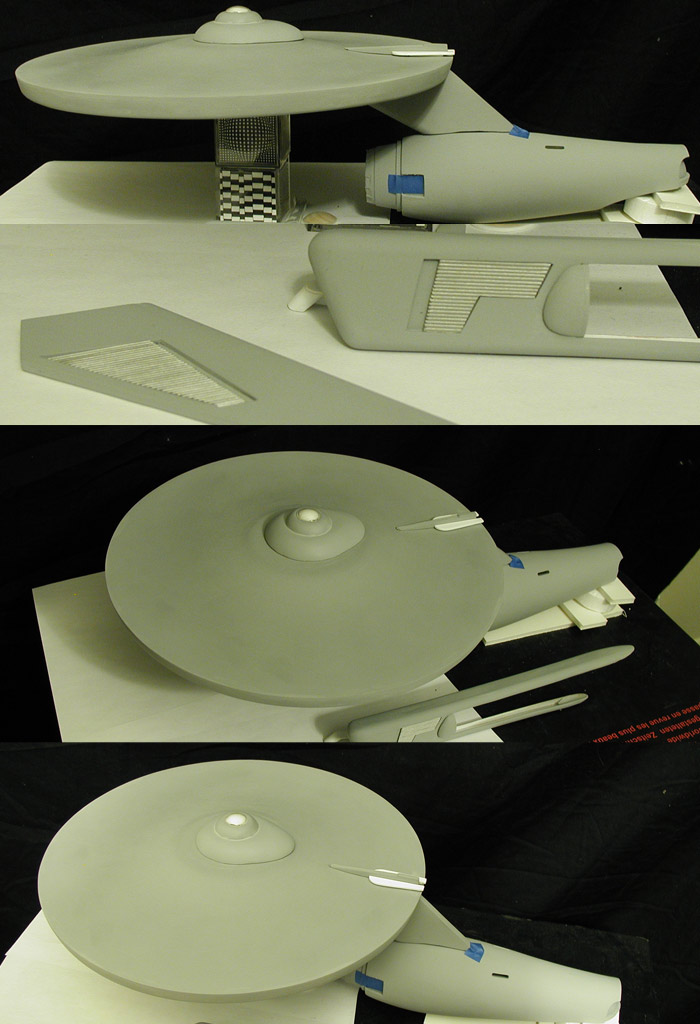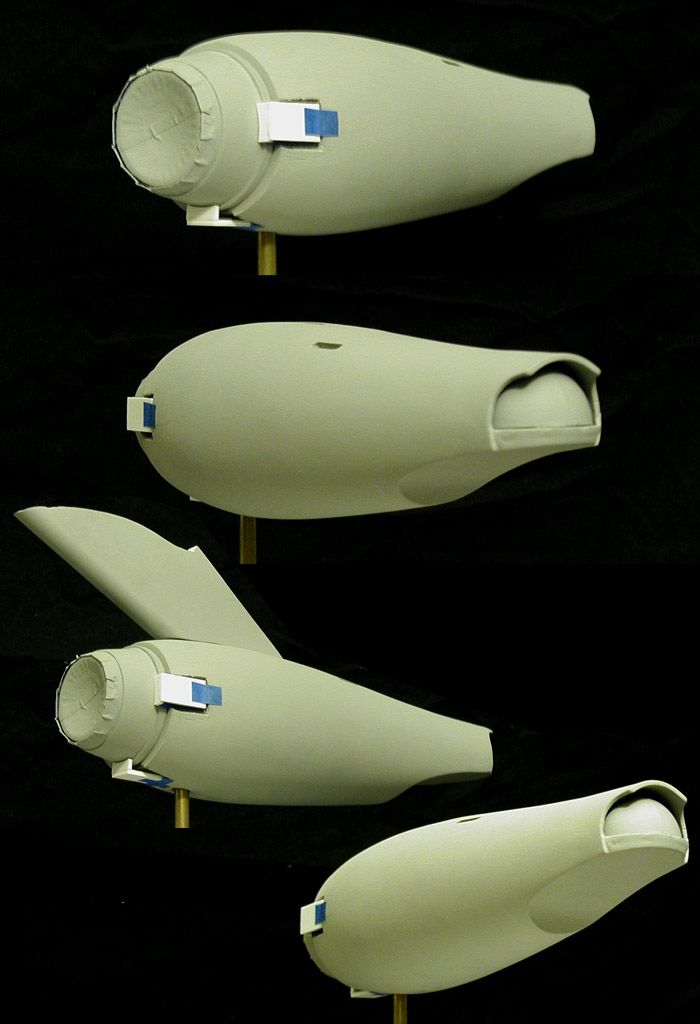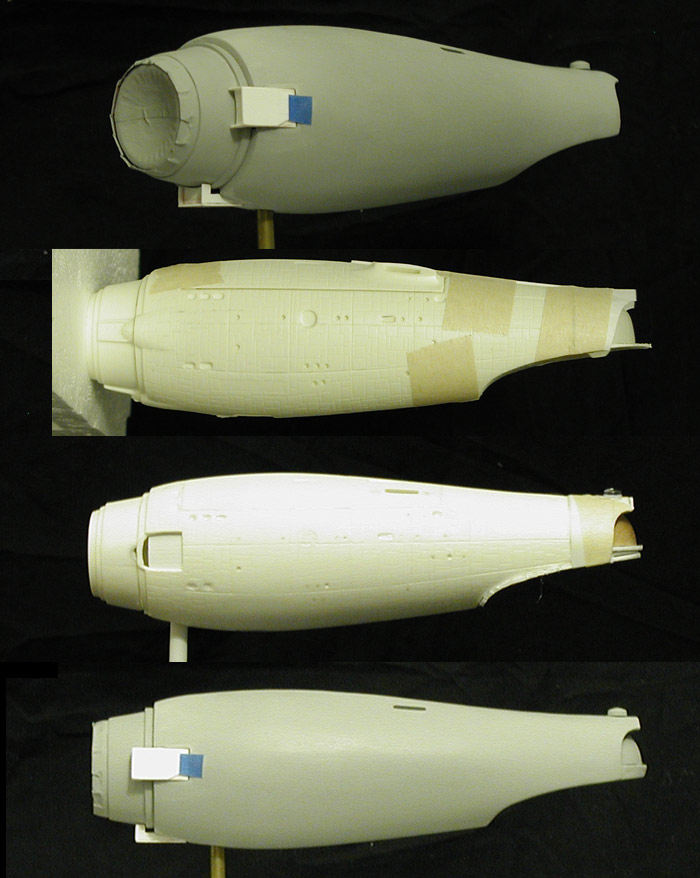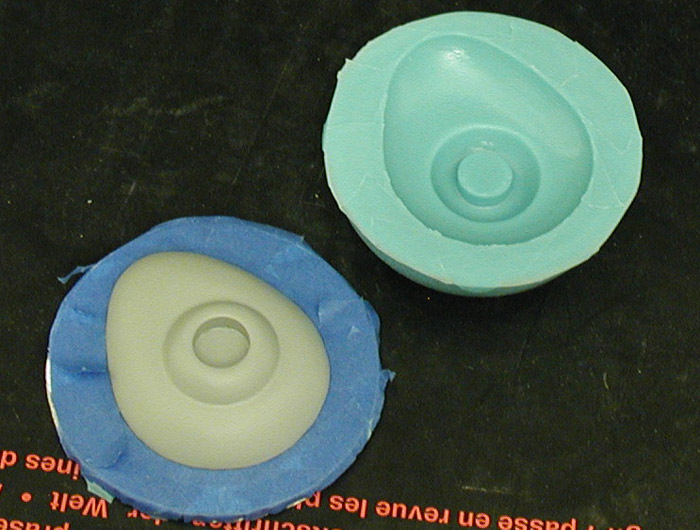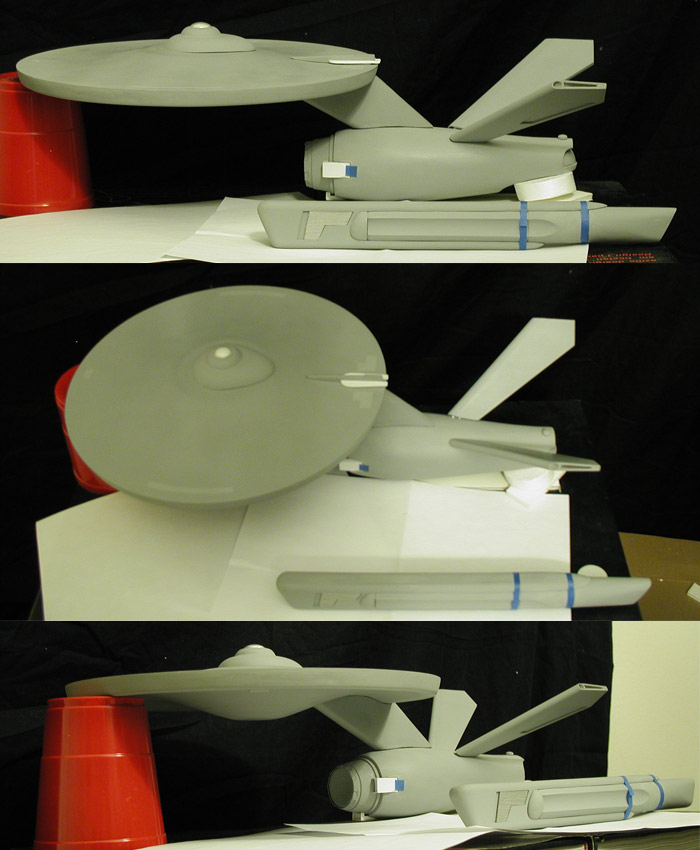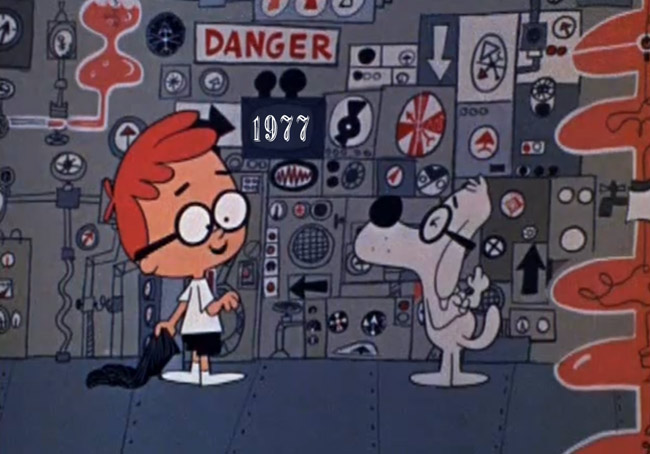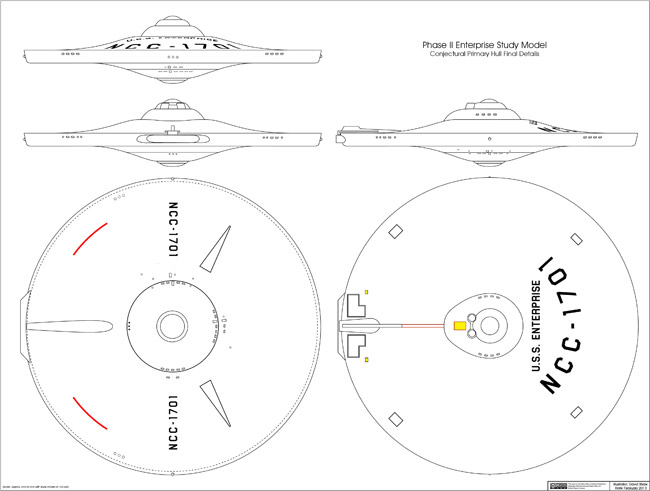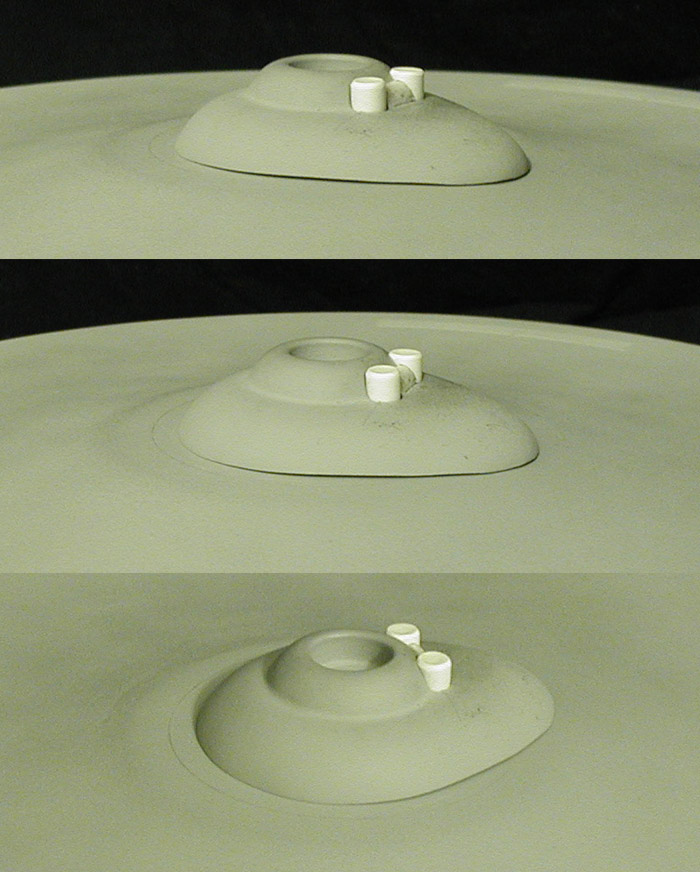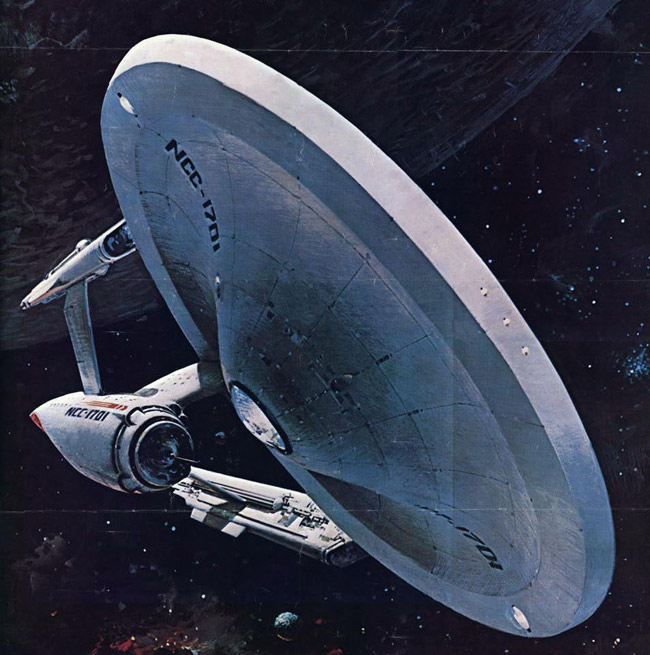Shaw
Well-Known Member
Well, when you think about it, only the primary and secondary hulls of the refit are usable, with most of the rest of the kit going to waste. And even those parts would need pretty extensive modifications. In the end, the cost of a refit kit and the time/labor that someone would need to put into those parts would most likely cost more than if I included ready to use primary and secondary hulls.
The thing that keeps coming to mind is that when I showed my two-thirds scale 33 inch Enterprise model, people assumed it was a straight build of an existing kit. It would be nice to do this as something different enough from any commercial kits to stand out in a crowd.
The other thing that I can't help thinking about is the trouble that Steve Neill went through with his kits (admittedly with only a few people, but still). So yeah, it would be better to make the master for someone who already does this type of thing and let them deal with making the parts and selling the kits.
... and all that is assuming that this turns out to be something people would want. So we'll have to see how the finished model actually looks to get a better idea. I mean it seems like a nice design so far, but I'm not too far from the state of the only existing photos of the studio model under construction. How the final model turns out might be better or worse than I imagine. In that way this model is different than my other models where I was trying to match existing models (or photos of models) and could see what I was shooting for.
The thing that keeps coming to mind is that when I showed my two-thirds scale 33 inch Enterprise model, people assumed it was a straight build of an existing kit. It would be nice to do this as something different enough from any commercial kits to stand out in a crowd.
The other thing that I can't help thinking about is the trouble that Steve Neill went through with his kits (admittedly with only a few people, but still). So yeah, it would be better to make the master for someone who already does this type of thing and let them deal with making the parts and selling the kits.
... and all that is assuming that this turns out to be something people would want. So we'll have to see how the finished model actually looks to get a better idea. I mean it seems like a nice design so far, but I'm not too far from the state of the only existing photos of the studio model under construction. How the final model turns out might be better or worse than I imagine. In that way this model is different than my other models where I was trying to match existing models (or photos of models) and could see what I was shooting for.

